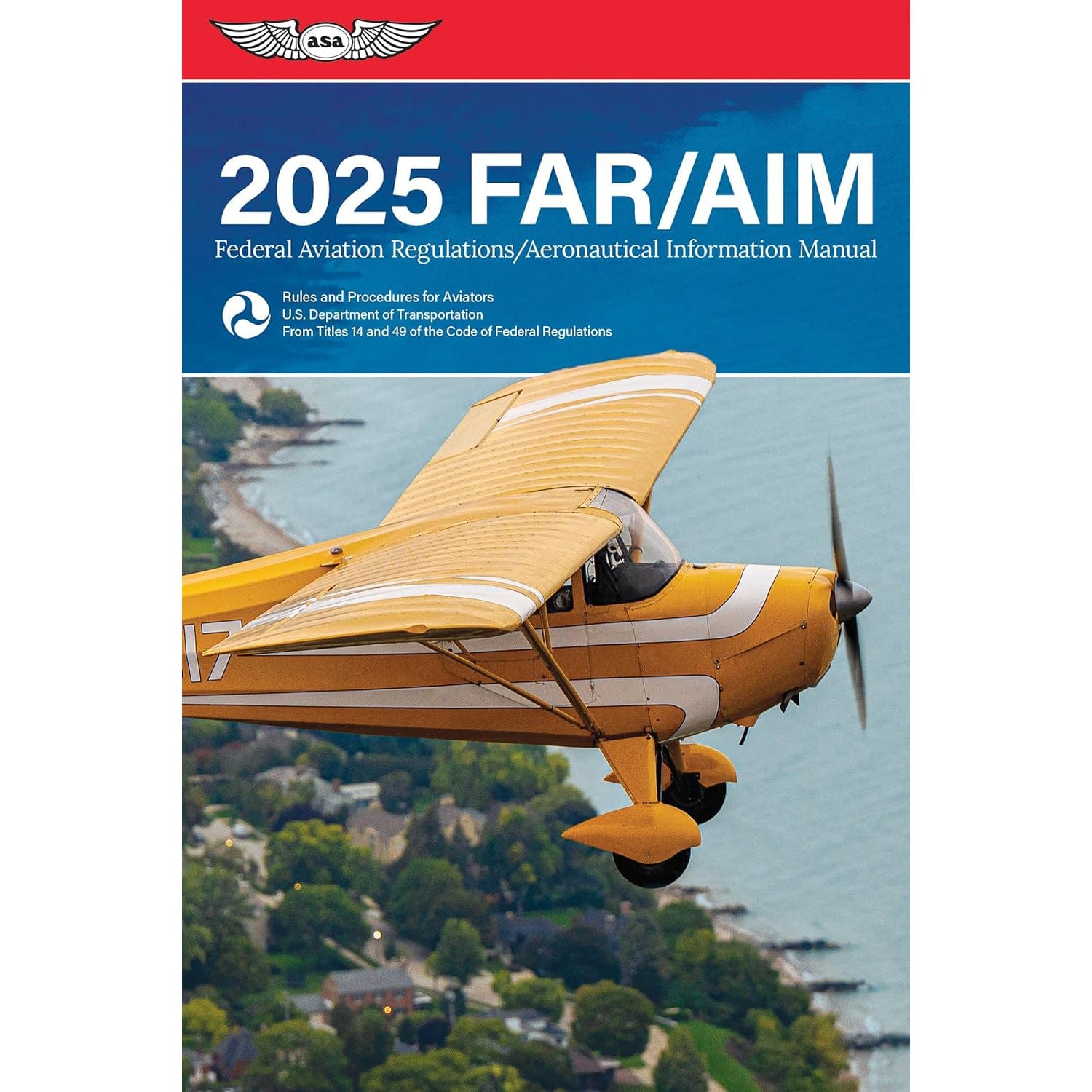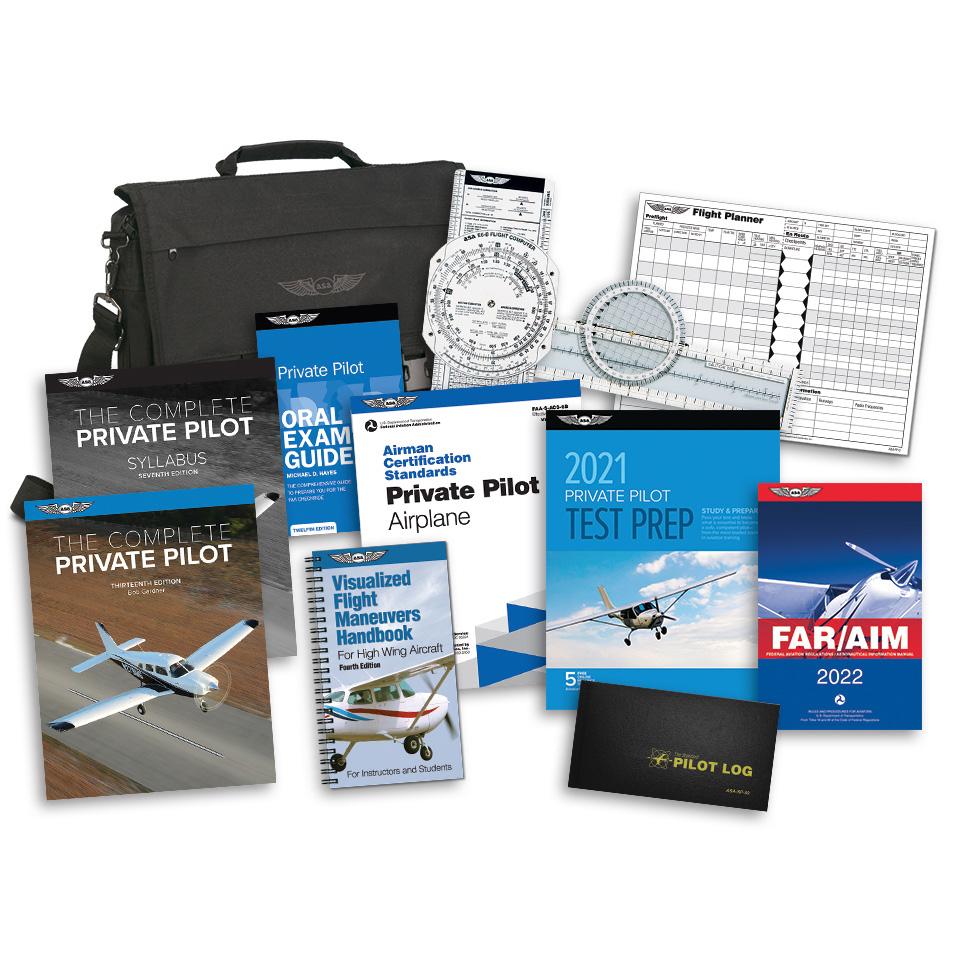When you're approaching an airport for landing, visual aids matter for experiencing a safe touchdown. Among the most useful tools are PAPI lights (Precision Approach Path Indicator lights). PAPI provides instant feedback to pilots on their approach angle.
Let’s get into how PAPI lights work, why they matter, and how they compare to similar systems.
SUMMARY
-
PAPI lights help pilots maintain the correct glide slope for landing.
-
They display red and white lights to indicate whether the aircraft on the correct path.
-
PAPI lights are a modern upgrade from older systems like VASI.
-
Their cost varies depending on the airport’s setup, ranging from $20,000 to $60,000 per unit.

What Do the PAPI Lights Mean?
PAPI lights consist of four lights placed beside the runway. Their colors indicate the aircraft's position relative to the ideal glide slope:
-
Four white lights: The aircraft is too high.
-
Four red lights: The aircraft is too low.
-
Two white, two red: The aircraft is on the correct glide slope.
This simple system helps pilots make quick and accurate adjustments during their approach.
What Does PAPI Stand For?
PAPI stands for Precision Approach Path Indicator. The name PAPI highlights the system's role in helping pilots maintain a precise approach angle for their landings.

PAPI Installation and Placement
A PAPI system includes a row of four units designed to be robust yet easily breakable to avoid damage from jet blasts or accidents. These units are installed approximately 15 meters (49 feet) from the runway edge, with each unit spaced 9 meters (30 feet) apart.
For certain operations, a smaller system called A-PAPI, consisting of two units, may be used. The inner unit for A-PAPI is positioned about 10 meters (33 feet) from the runway edge.
Standard placement for a PAPI system is on the left-hand side of the runway, perpendicular to the runway’s centerline. It can be installed on the right if necessary, with the red lights always positioned closest to the runway.
In rare cases, PAPIs may be installed on both sides of the runway, although this exceeds International Civil Aviation Organization (ICAO) requirements.
The optimal location for PAPI lights depends on several factors, including:
-
The required wheel clearance over the threshold for expected aircraft types.
-
Compatibility with non-visual glide paths like the Instrument Landing System (ILS).
-
Differences in elevation between the PAPI system and the runway threshold.
This placement ensures a seamless alignment with other navigation aids while accounting for runway length and obstacle clearance.
Harmonizing PAPI systems with ILS requires consideration of the distance between a pilot's eye level and the ILS receiver on various aircraft.

The Difference Between PAPI and VASI Lights
Visual approach slope indicator (VASI) lights were an earlier version of runway visual aids. While both systems serve a similar purpose, there are some differences:
-
PAPI: Features four lights aligned horizontally, offering a more precise glide slope indication.
-
VASI: Consists of two light bars, typically spaced apart, and is less precise compared to PAPI systems.
Because of their accuracy and performance, PAPI lights have largely replaced VASI systems in modern airports.

How Much Do PAPI Lights Cost?
The cost of installing a PAPI light system varies depending on the size of the airport and specific requirements:
-
Small airports: Costs start around $20,000*.
-
Large airports: Prices can reach up to $60,000* per unit.
Despite the high cost, these systems are a critical investment in runway safety.
*Note: these costs are just generalized estimates.

Frequently Asked Questions
-
What is the lifespan of PAPI lights?
PAPI lights typically last 10-15 years with proper maintenance. -
Are PAPI lights used in all weather conditions?
Yes, PAPI lights are designed to be visible in most weather conditions, but heavy fog or severe storms can reduce visibility. -
Do PAPI lights work for helicopters?
Yes, PAPI lights can be used by helicopters, as they provide valuable visual guidance for approach angles. -
Can PAPI lights be solar-powered?
Yes, solar-powered PAPI lights are available, offering a cost-effective and environmentally friendly option for smaller airports. -
What maintenance is required for PAPI systems?
Regular cleaning of lenses, checking alignment, and replacing bulbs or LEDs are common maintenance tasks. -
How do pilots learn to use PAPI lights during training?
Pilots are introduced to PAPI lights during basic flight training, practicing approaches to understand their indications.
Takeaway
PAPI lights are an important part of aviation safety. They make sure pilots can make accurate, and informed decisions during their final approach. The straightforward design of the PAPI system and real-time feedback help pilots maintain the correct glide slope, reducing the risk of landing errors.
Interested in Aircrafts & Aviation Safety?
Our guides are designed to help!
Did you find this article helpful?
Do you think we missed an important interview question? Let us know in the comments below!







